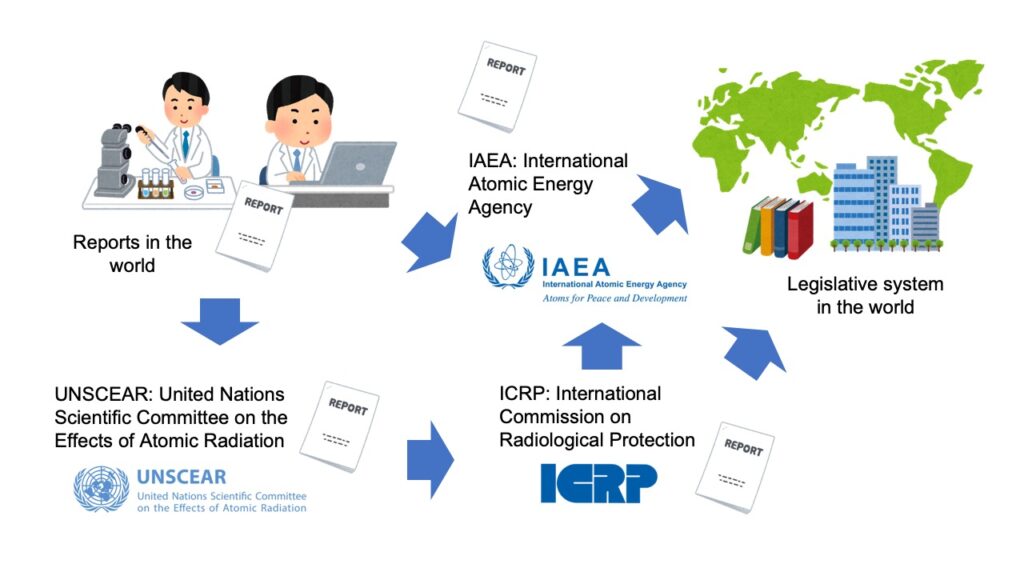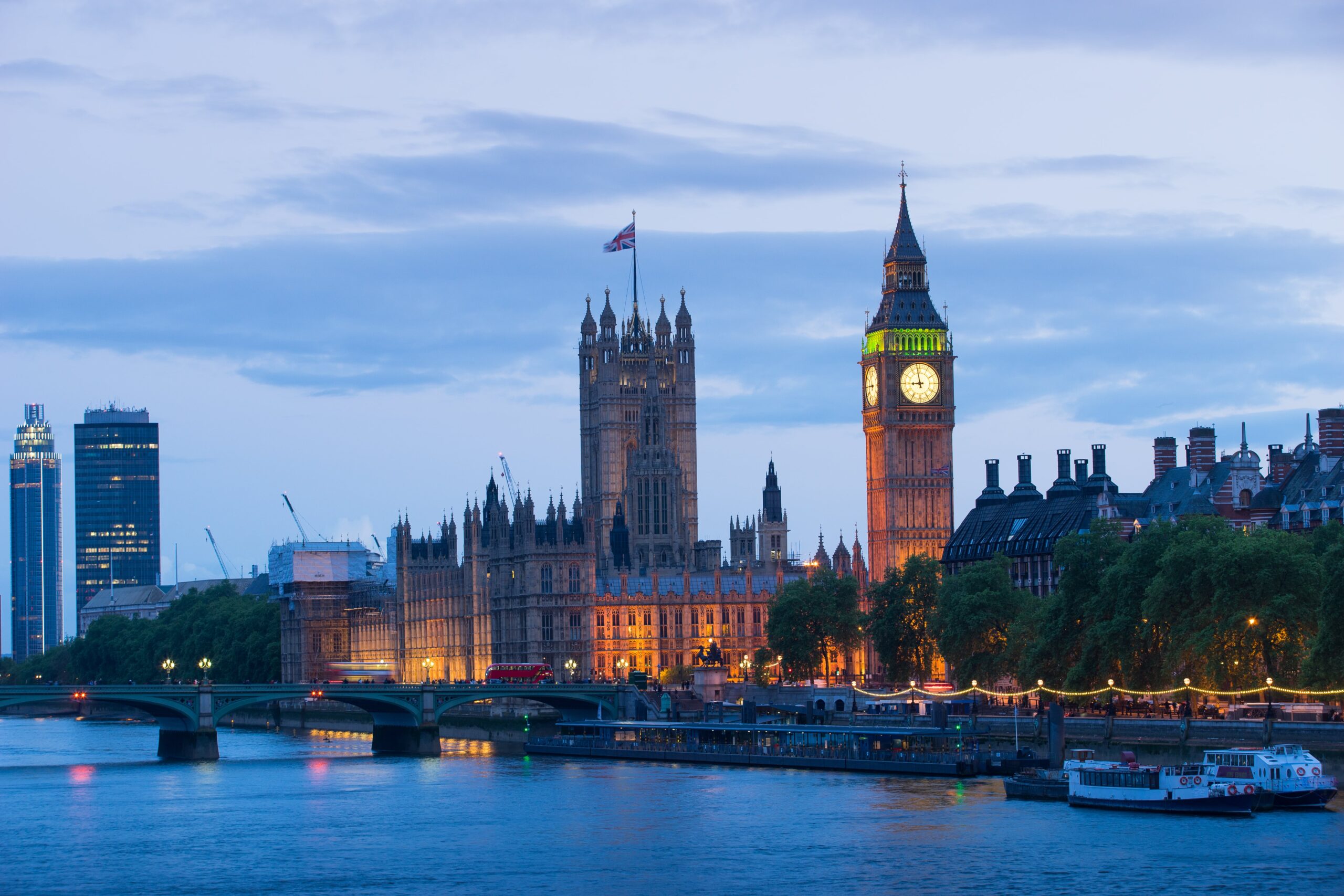Hello, everyone. My name is Daichi, an expert providing the information on the radiation issues in an easy-to-understand manner.
As a continuous work from the previous article, this article also covers the ICRP, which takes initiative to make international rules and regulations on radiation protection.
This article will respond to, for example, the following questions:
– What are the specific activities of the ICRP?
– How is the ICRP organized and how does the governance of the ICRP work?
Table of contents of this article
- What is the ICRP? (Vol. 2)
- Specific activities
- Organization
- Governance
- Summary
I have been involved with the radiation-relevant issues, like the policy on the decontamination activities, after the accident of the Fukushima Daiichi Nuclear Power Plant in 2011.
I received a doctorate in the field of radiation, while working in Fukushima.
What is the ICRP? (Vol. 2)
In the previous article, mainly the history of the ICRP for its establishment was covered, and this article mainly covers its specific activities, organization as well as governance.
Specific activities

First of all, what are the objectives of the activities of the ICRP?
One of its main purposes of the activities is to provide advice to the international organizations as well as the national governments, by publishing recommendations and reports, regarding the concepts, principles and sometimes criteria for radiation protection.
They are just recommendations, without any binding force, but they greatly influence on policies of the international organizations and the national governments, as mentioned below.
Specifically, as represented in the above figure, first, the UNSCEAR (United Nations Scientific Committee on the Effects of Atomic Radiation) assesses impact caused by exposure to radiation, based on the reports and academic papers published by researchers in the world, from scientific and neutral viewpoints, and reports it in the General Assembly of the United Nations (Ref: Web site of the UNSCEAR).
The ICRP publishes its recommendations for framework for radiation protection, using reports of the UNSCEAR as a scientific basis, at the same time considering trend for social value for radiation as well as its experience in the past.
The IAEA (International Atomic Energy Agency) publishes the Safety Standards and other technical reports, based on the ICRP recommendations and other reports in the world, by building consensus with the member states.
As aforementioned, the ICRP recommendations, as well as the IAEA Safety Standards, greatly influence legislative system as well as institutional arrangement for radiation protection of countries in the world.
When the accident of the Fukushima Daiichi NPS occurred in 2011, these recommendations and the Safety Standards were used as references, when considering criteria for evacuation orders as well as long-term goal for dose to the public.
Organization

As aforementioned, the ICRP, with close coordination with other international organizations, significantly influences policies on radiation protection of countries all over the world, but it itself is an organization with member states.
But it is instead an academic society and a NPO (Non-Profitable Organization) registered in the UK.
The scientific secretariat is currently located in Ottawa, Canada und the number of exclusive staff members as scientific secretariats is only around 5.(Reference: ICRP Website).
The scientific secretariat was located in other countries in the past, and it has changed its location, according to the circumstances of host countries.
Governance

But how does it run conferences with a lot of participants and draft a number of reports, with not so many staff members?
In the above-mentioned IAEA, by the way, more than 2,000 employees are working every day.
First of all, regarding finance to run the organization, royalty of its publications is one of the finance sources, but actually most of its income comes from donation of countries and companies all over the world.
Of course, donations are also conditional on respect for the independence of the ICRP and non-interference in its activities and in the election of its committee members.
Next, regarding the operation of conferences, more than 250 experts from more than 30 countries around the world participate in discussions in the committees described below and draft reports.
Specifically, it consists of one main committee, committees positioned under the main committee, and a large number of task groups positioned under each committee and set for each specific issue.
Committees currently consist of the following 4 committees.
– Committee 1: Radiation Effects
– Committee 2: Doses From Radiation Exposure
– Committee 3: Radiological Protection in Medicine
– Committee 4: Application of the Commission’s Recommendations
Not so long ago, there was also the 5th Committee (Environmental Protection), but it is not there at this moment.
As of today (November 19, 2022), the 127th task group has been launched, but not all 127 task groups are active and instead, there are many task groups that have already finished their activities.
The achievements of the task group discussions are published as recommendations after being approved by the committee to which they belong and by the main committee.
Among these recommendations, rather than focusing on detailed criteria, those that focus on basic concepts that particularly affect concept of radiation protection are called ‘main recommendations (in Japanese)’, and they have been published in total 6 times: in 1962, 1965, 1977, 1990, and 2007.
The key changes in radiological protection brought by ‘the main recommendations’ are elaborated in this article.
Summary
In the previous article, the history leading up to the establishment of the ICRP was looked back, but in this article, the specific activities of the ICRP, as well as its organization and management system were covered.
One of the main purposes of the ICRP is to publish recommendations on concept, principles and management criteria on radiation protection and to provide advice and support to national governments and international organizations around the world.
It is, however, a quite small-scale organization (NPO) and it is operated by donation from countries and companies as well as the support of experts all over the world.
By the way, above-mentioned contents are summarized in the following videos.
It would be appreciated to visit them at your convenience.
– Japanese version
– English version
You can read the same article in Japanese here.
Thank you very much for reading this article.
See you next time!



コメント